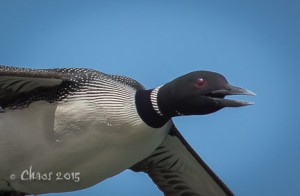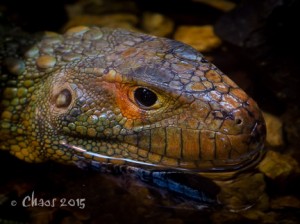Images from the Id -. Competition or How Thick Is Your Skin?
Photography is a strange way of life. To paraphrase Edison to the extreme, who by the way I have less respect for than history does,tThe best photograph is 99% (perspiration) in the mind and physical work and 1% in the equipment used (genius). My point is not so much in the numbers but in the leap of awareness that must be taken to achieve the goal of better images. Better still, here are some guidelines.
1- Make a cognitive decision as to what you want to do or accomplish. I have could call these “goals” or worse, a “mission plan” but I think this is different, it is more general. It could be practical and specific but make it a challenge
2 – Get the best equipment you can to support your vision. You may be surprised how simple or complex this may be. For example: to shoot people and street scenes sometimes even an iPhone or the smart phone may be enough. Shooting wildlife is another story and you will have to consider a DSLR and a telephoto lens. Take care not to get cheap junk, that 1000 mm lens advertised for $200 is worthless and if you expect quality results in this area be prepared for the expense of decent equipment. Camera $1000-2000 make sure it has simple fast adjustments. I like the Nikon D7100 or the Canon 7D Mk II. Both are ASP-C sensors giving an extra boast in magnification. Lens can go anywhere from $1000 to $10,000. You can get an excellent one $1000-3000 I use the Nikon 80mm – 400mm at $2800 it is amazing for most needs. You can get the older version for about $1200 and it is a nice lens just a little slower to focus. Canon has a similar lens too.
3 – Learn your equipment. Practice, practice, practice. Take thousands of shots preparing for the one and only chance.
4 – Learn the software. There are several ways to go here. If you are really serious spend the $9.99/month for the Adobe Photographer’s Package. It is a deal. Take the time to learn Lightroom correctly from the beginning. There are other ways. You cannot get by without processing skills.
5 – Join a club. This is probably one of the most important things to do early in your schedule. Pick a club with monthly presentations,competitions and critiques. You work will improve 10 times faster with instruction and get a thicker skin for others impression of your work. It also helps you make connections with other photographers and get involved in other activities.
Actually, the last is the place to start. You might be surprised where you end up.

Image #1 – “ Common Loon” This image is an example of practice and a good lens. I thought it was a Canada Goose and I always practice shooting these just for that one chance it is special. The image is pushed to its limits. I got about 20 shots as it flew in, most of them good. Exposure,depth of field and motion are well done. Taken with a Nikon D7100,1/5000 sec, f/5.6, 0 EV, ISO 400, 0 EV, 400/600 mm

Image #2 – “Caiman Lizard” Shot with the Nikon D7100. The San Diego Zoo is not my favorite zoo for photography. Try Albuquerque. This has won several awards in captive animal competitions. The difficulty here is the dark conditions of the Reptile house. One thing nice about San Diego is the Reptile House is partly in the open which sometimes helps, sometimes causes huge contrast problems and sometimes just makes it impossible to shoot. A tripod is out of the question. 1/15 sec, f/6.7 need a little depth of field, -1 EV rot help push the shot, ISO 800, 105/157 mm (a fixed focal length “prime” macro lens). Extensive processing in Lightroom





